Back to Japan, Again
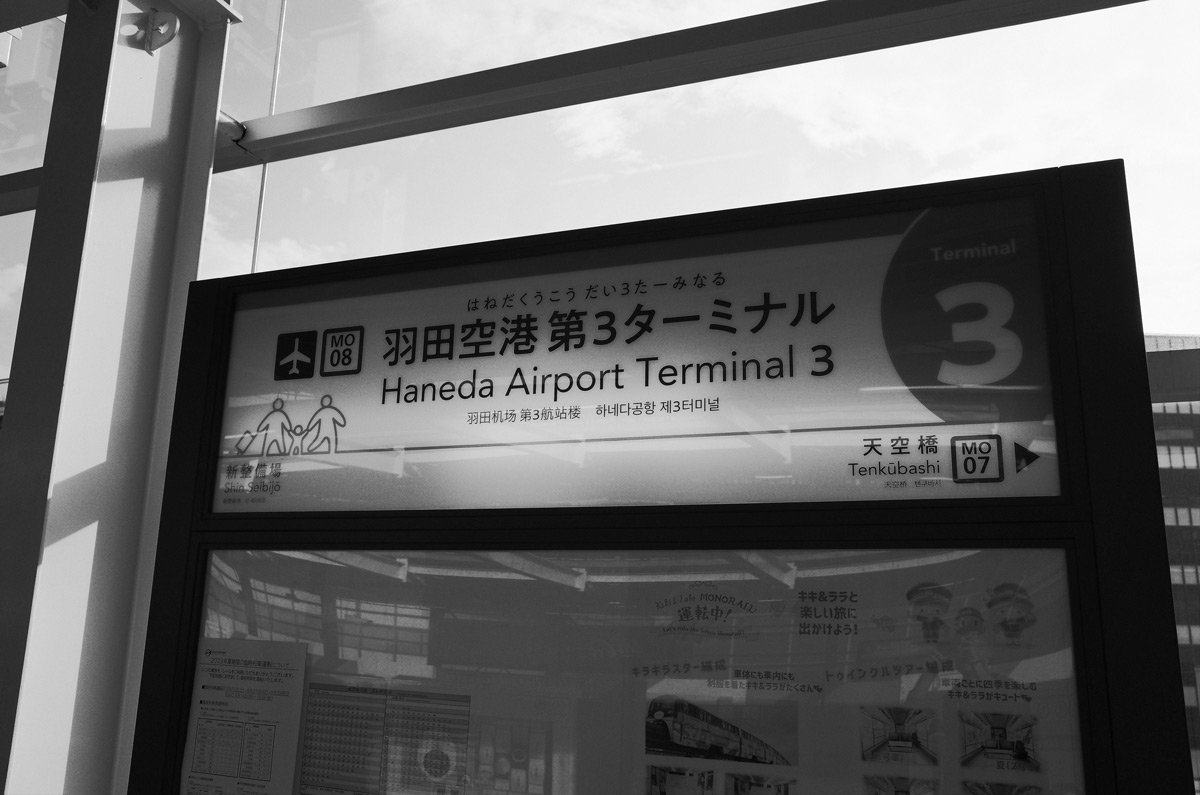
In late August, I landed at Haneda Airport. I de-boarded onto the tarmac and was ushered onto a shuttle bus, packed like sardines with the other passengers. The bus drove around the tarmac until we stopped at a nondescript black building with a waiting police officer. Immigration and customs were somewhere on the upper floors of the building, accessible via stairs to the left or a set of escalators to the right.
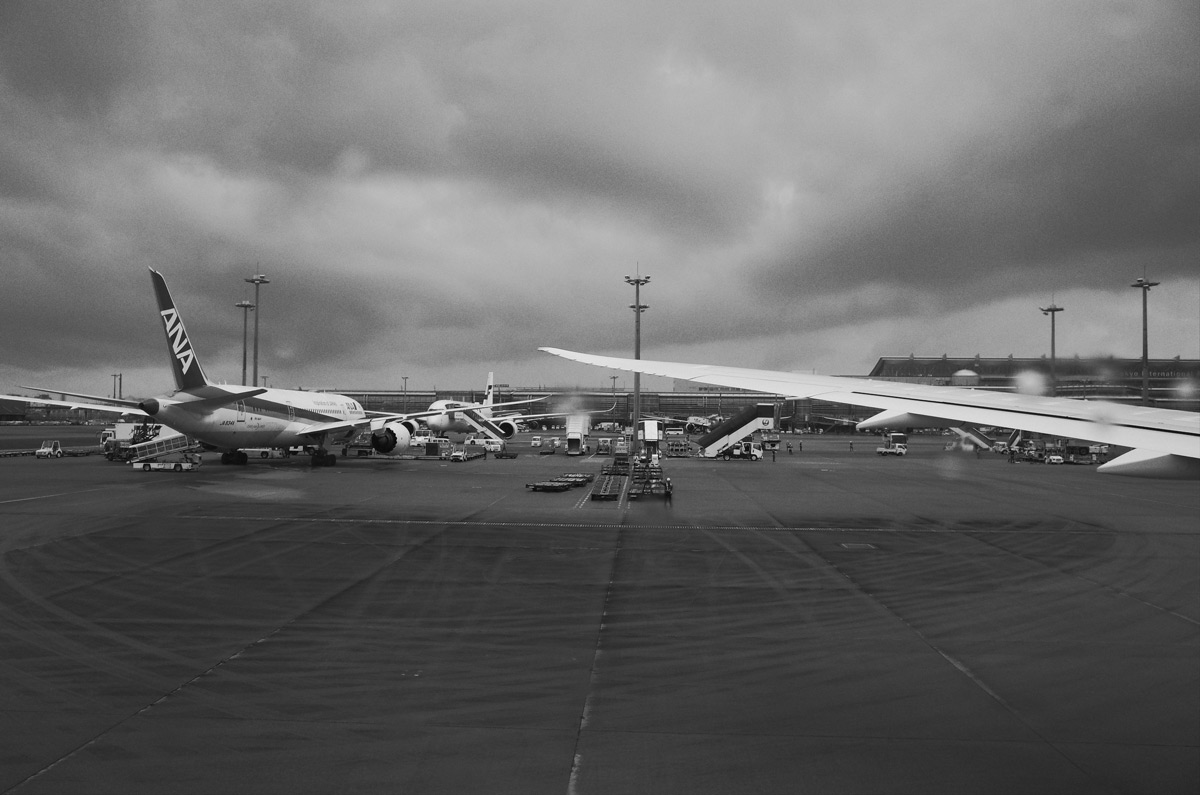
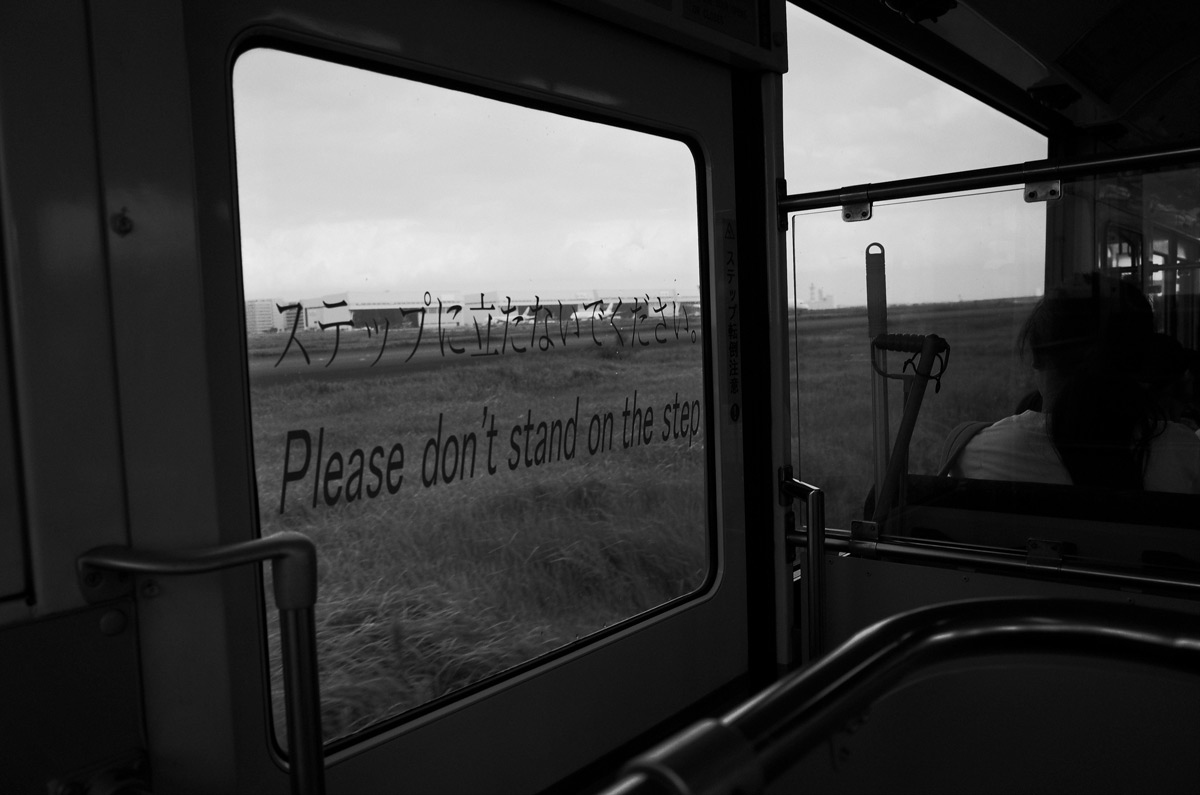
Immigration was marked with a large overhead sign that read, “Quarantine”, a word I usually associate with zombies. Within five minutes, I was through immigration, a rarity in international travel. Customs was the same though, since I had only brought along a backpack. I grabbed one of the free tourist maps by the exit and entered the unsecured part of Haneda.
My first task was to obtain a Suica card, which could be done near the entry gates to the Tokyo Monorail within the airport. The card worked similar to a gift card, which could be loaded with money. The perk of the Suica card was that it eliminated the need to purchase physical tickets for most subway lines. The money is automatically deducted from the card each use. Why I had never used the card on previous trips remains a mystery. I decided to start with 5,000 yen, which would last a few days at least for traveling around Tokyo.
Leaving Haneda Airport
Once through the monorail gates, I walked up an escalator and into the humid heat of a Japanese summer. It was 86 degrees fahrenheit but the humidity made it feel worse. Along the train platform, hoses shot mist into the air. I stood under one until the train arrived. In my mind, it would be a short ride to Akihabara Station, which was close to Hamamatsuchō Station. But what I did not factor in was the direction in which the train I selected was going. I ended up going the opposite direction, clockwise, and did the full ride of the Yamanote Line. It took forty five minutes to reach Akihabara.
Similar to October of last year, I checked into JR-East’s Hotel Mets Akihabara. My previous room was just two doors down. This time, the room provided a side view of the entrance to Akihabara Station. Not a great view but it beat scaffolding. The rest of the room was the same as before. One futuristic toilet, a sizeable bathroom with a tub and standup shower, and two sets of pajamas neatly folded on the end of a full size bed.
Arcade Games at GiGO 3
Freshened up, I left the hotel and walked to GiGO 3, which used to be one of the Sega arcades in Akihabara. The sixth floor was dedicated to vintage arcade machines. There were a variety of classic shooter games such as House of the Dead and Terminator 2. There were also dozens of racing games and competitive fighting game such as the original Street Fighter. But what fascinated me most was The Keisatsukan 2, also known as Police 911. Released back in 2001, the player acts alone to battle the Yakuza. Plastic pistol in hand, I had to physically duck and weave in front of the machine in order to not get hit by an enemy bullets.
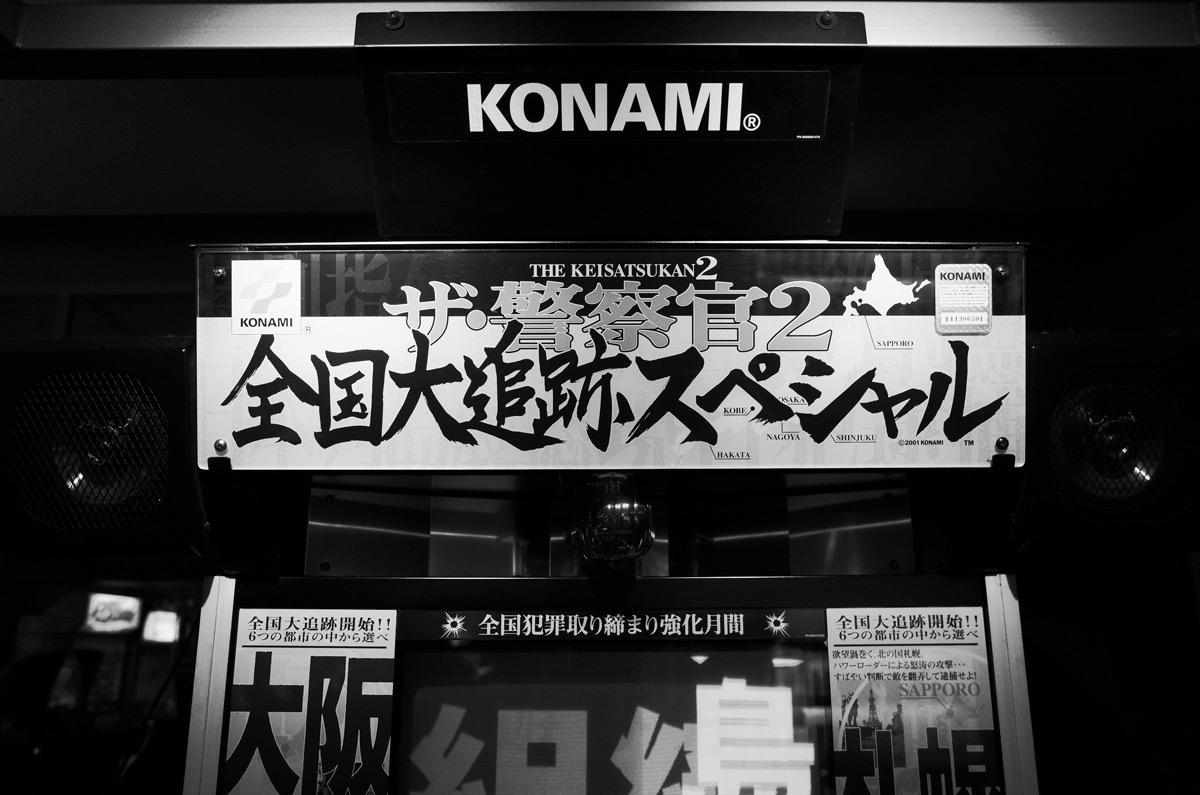
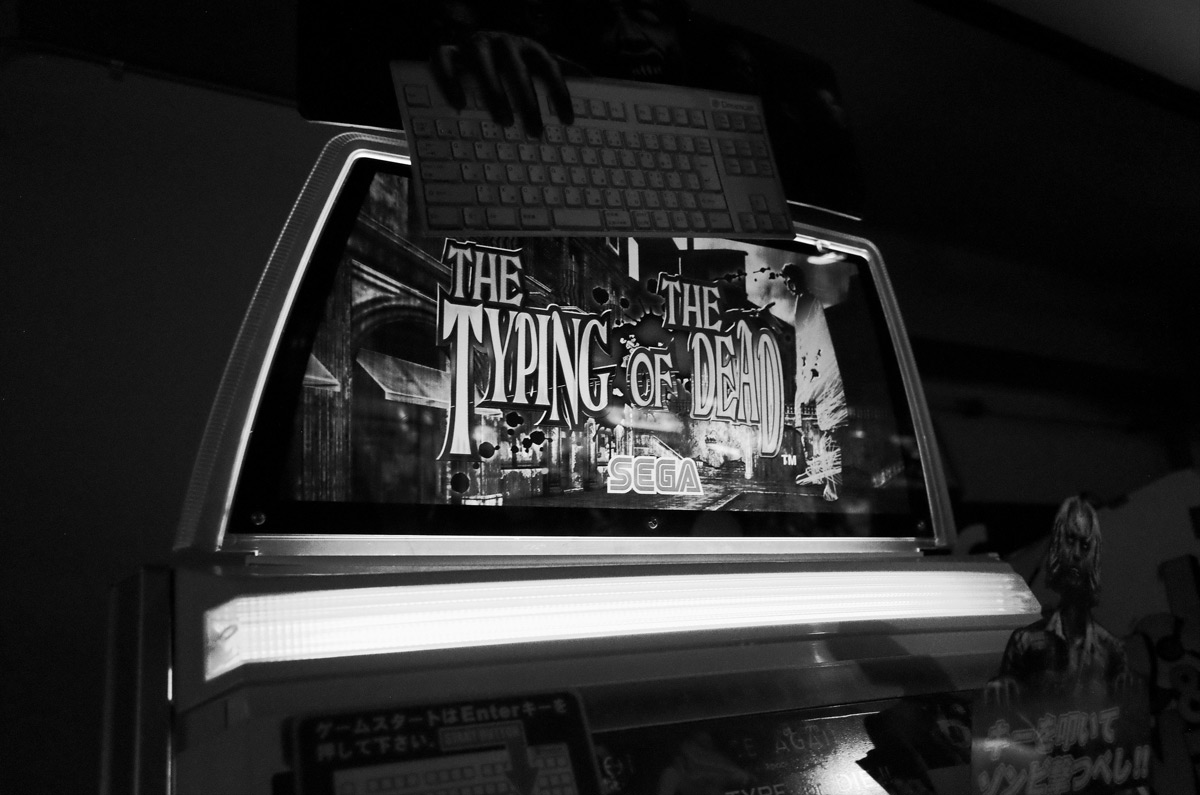
Close to The Keisatsukan, I tried a unique rail style game called The Typing of the Dead. Released in 1999, the game requires the player, or players, to type words and characters to battle the undead. There were two well used keyboards in front of a single large screen. For 100 yen, a single session lasted between five to ten minutes. At the start of a game, I was able to choose between romaji (Roman characters) or traditional Japanese. When confronted by a zombie or in some cases, multiple zombies, I had to rapidly type the characters presented on screen to proceed. If I failed to do so within the time provided, I would take damage. Anytime I ran out of health, I would scramble to input another 100 yen coin before the timer ran out.
Lastly, I tried Alien 3, a two-player rail shooter. Released in 1993, the game pits up to two players against waves of xenomorphs, and a variety of other enemies. Most of the level design is based upon scenes from the film but had little to do with the actual plot of the movie. Similar to The Keisatsukan 2, a plastic weapon is provided. In this case, the weapon was a rifle with a under-barrel grenade launcher. Once I ran out of 100 yen coins, I called it a night at the arcade.
A few streets down from Gigo 3, I scaled the staircases of Mandarake. On the manga floor, I found the Japanese edition of the original Aliens comic collection by Dark Horse. The kanji was above my N4-N5 level but I figured, why not. I paid for the book and then decided to return to the hotel for the night. But before I did, I stopped into a convenience store called Sunkus in Radio Kaikan to purchase breakfast for the morning. By breakfast, I mean a sweet drink and a powdery power bar.